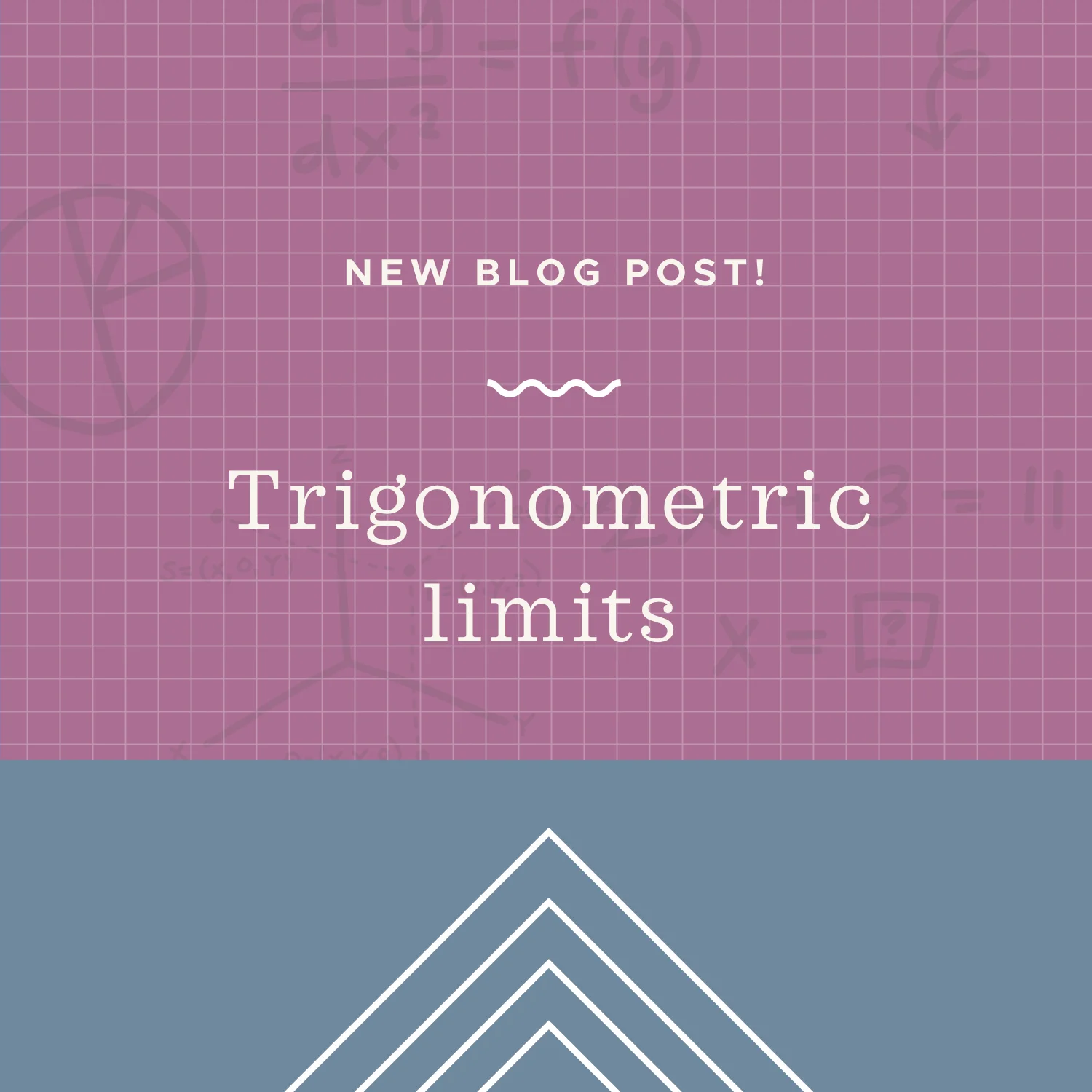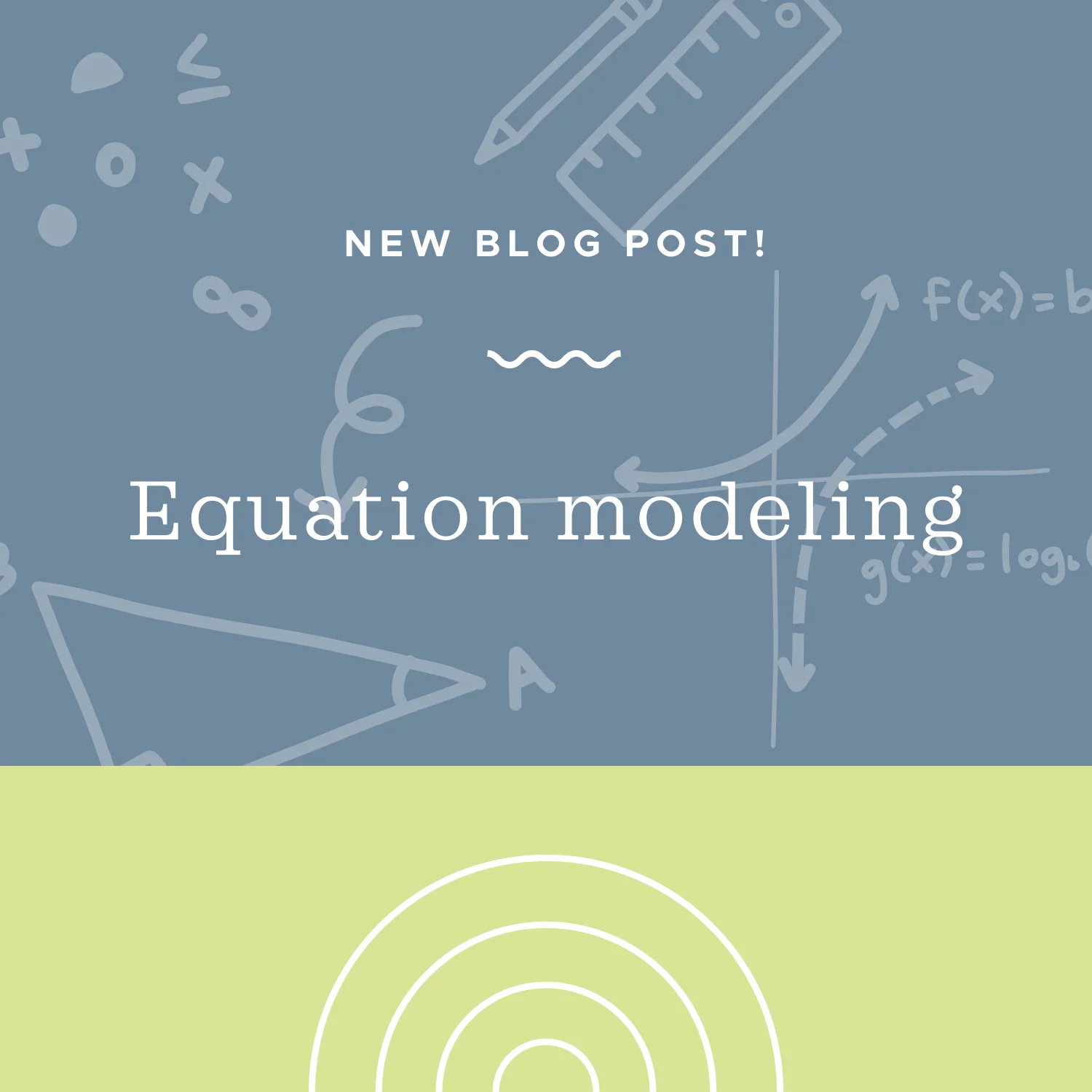Remember that a sequence is convergent if its limit exists as n approaches infinity. So it makes sense that once we know that a sequence is convergent, we should be able to evaluate the limit as n approaches infinity and get a real-number answer. The way that we simplify and evaluate the limit will depend on the kind of functions we have in our sequence (trigonometric, exponential, etc.), but we know that the limit as n goes to infinity exists.
Read MoreThis lesson will cover how to find the power of a negative exponent by using the power rule. If you have two positive real numbers a and b then b^(-a)=1/(b^a). Think of it this way: in order to change the exponent in b^(-a) from -a to positive a, you move the entire value from the numerator to the denominator to get 1/(b^a).
Read MoreCPCTC stands for “corresponding parts of congruent triangles are congruent.” In some of the previous lessons on congruence, we used congruent parts of a pair of triangles to try to prove that the triangles themselves are congruent. CPCTC flips this around, and makes the point that, given two congruent triangles, corresponding parts of those triangles must also be congruent.
Read MoreTo find curvature at a particular point, we’ll 1) Find r'(t) and use it to 2) Find |r'(t)| and then use r'(t) and |r'(t)| to 3) Find T(t), and then use it to 4) Find T'(t), and then use it to 5) Find |T'(t)|, and then use |r'(t)| and |T'(t)| to 6) Find curvature at the point t that we’re interested in.
Read MoreSequences are always either monotonic or not monotonic. If a sequence is monotonic, it means that it’s always increasing or always decreasing. If a sequence is sometimes increasing and sometimes decreasing and therefore doesn’t have a consistent direction, it means that the sequence is not monotonic. In other words, a non-monotonic sequence is increasing for parts of the sequence and decreasing for others.
Read MoreIn this lesson we’ll look at how to write the equation of a circle in standard form in order to find the center and radius of the circle. The standard form for the equation of a circle is (x-h)^2+(y-k)^2=r^2, where r is the radius and (h,k) is the center. Sometimes in order to write the equation of a circle in standard form, you’ll need to complete the square twice, once for x and once for y.
Read MoreSymbols of inclusion group terms together. You’re most familiar with parentheses as a symbol of inclusion, but there are others. Symbols of inclusion are symbols like parentheses, brackets, braces, absolute value bars, and division.
Read MoreA 45-45-90 triangle is a special kind of right triangle, because it’s isosceles with two congruent sides and two congruent angles. Since it’s a right triangle, the length of the hypotenuse has to be greater than the length of each leg, so the congruent sides are the legs of the triangle.
Read MoreA normal series is given by a_n, where a_n is the sequence whose n values increase by increments of 1. On the other hand, a partial sums sequence is called s_n, and its n values increase by additive increments. This means that the first term in a partial sums sequence is the n=1 term, the second term is the n=1 term plus the n=2 term, the third term is (n=1)+(n=2)+(n=3), etc.
Read MoreIn this lesson you’ll learn how to use the distance formula to calculate the distance between two points. The distance formula is built from the Pythagorean Theorem, so we’ll start with the Pythagorean Theorem, convert it into the distance formula, and then look at how to use the distance formula directly to find the distance between two points.
Read MoreFirst remember that the distributive property is a method you can use to simplify expressions and to multiply the term outside of the parentheses by each term inside the parentheses. It’s the same thing with fractions, just remember to multiply the outside numerator (top) with the numerators of the terms inside parentheses and the outside denominator (bottom) with the denominators of the inside terms.
Read MoreA 30-60-90 is a scalene triangle and each side has a different measure. Since it’s a right triangle, the sides touching the right angle are called the legs of the triangle, it has a long leg and a short leg, and the hypotenuse is the side across from the right angle. In this lesson we’ll look at how to solve for the side lengths of a 30-60-90 triangle.
Read MoreIn single variable calculus we learned how to evaluate an integral over an interval ???[a,b]??? in order to calculate the area under the curve on that interval. We could approximate the area under the curve using a Riemann sum, or calculate the area exactly using an integral.
Read MoreTelescoping series are series in which all but the first and last terms cancel out. If you think about the way that a long telescope collapses on itself, you can better understand how the middle of a telescoping series cancels itself. To determine whether a series is telescoping, we’ll need to calculate at least the first few terms to see whether the middle terms start canceling with each other.
Read MoreTrigonometric limit problems revolve around three formulas, so it’s critical that we know these trig limit formulas. When we solve trigonometric limit problems, our goal is always to reduce the function to a combination of nothing but these three formulas and simple constants.
Read MoreIn this lesson we’ll look at how to take a description of an equation in words and transform it into a written equation by using a table. We’ll also look at how to combine existing equations with new information to better model the situation.
Read MoreThe distributive property is a method you can use to simplify expressions, especially when there are variables. To distribute, multiply the term outside of the parentheses by each term inside the parentheses. For instance the distributive property tells us a(b+c)=ab+ac and that a(b-c)=ab-ac.
Read MoreIn this lesson we’ll look at how to write conditional statements and how to draw and interpret Euler diagrams. A conditional statement is an if/then statement where the “if” part is the hypothesis and comes first, and the “then” part is the conclusion and comes second.
Read MoreA vector field F is called conservative if it’s the gradient of some scalar function. In this situation f is called a potential function for F. In this lesson we’ll look at how to find the potential function for a vector field.
Read MoreWe can use the p-series test for convergence to say whether or not a_n will converge. The p-series test says that a_n will converge when p>1 but that a_n will diverge when p≤1. The key is to make sure that the given series matches the format above for a p-series, and then to look at the value of p to determine convergence.
Read More





















